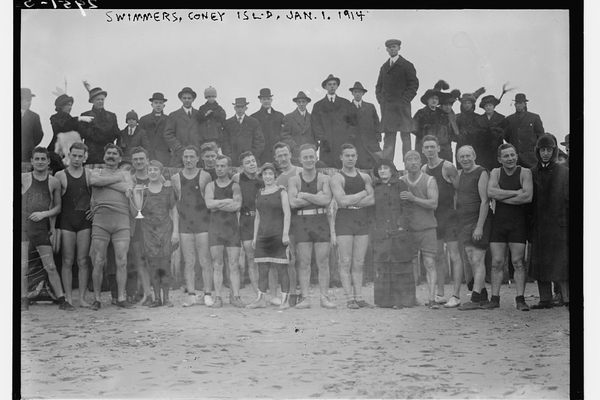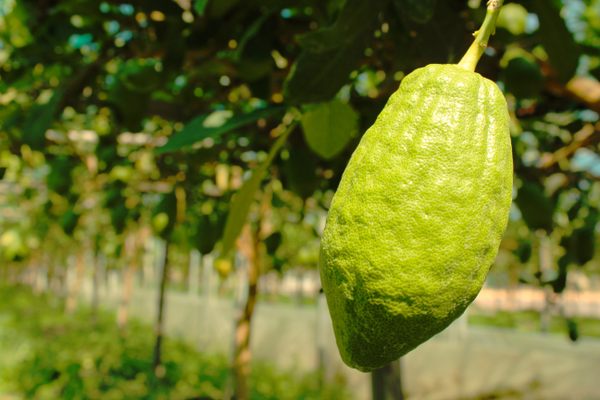Look Inside a Precious Passover Haggadah From Medieval Italy
It’s on public view for the first time since 1900.

In just over a week, Jews around the world will gather for the Seder, the ritual meal that marks the start of Passover. They will read from the Haggadah, a text that recounts the story of the Exodus from Egypt and guides readers through the Seder’s many ritual acts. While the story has stayed the same, the actual Haggadot have changed quite a bit. The so-called Lombard Haggadah, going on display at Les Enluminures in New York later this week, can attest to that.
The medieval manuscript dates back to the late 14th century, when it was made in Milan (in Italy’s Lombardy region). It comes from the workshop of the artist Giovannino de Grassi, who died in 1398, and it likely could not have been made prior to 1387. In that year, Duke Gian Galeazzo Visconti extended new rights to the Jews of Lombardy, who, according to Israel’s Museum of the Jewish People, had been expelled from the region in 1320. Though it tells the same story as any other, this Haggadah takes on added significance as a tangible example of its themes—a document of a moment in time when Lombard’s Jews felt their persecution abating.
The Lombard Haggadah contains 75 illustrations—that’s nearly one per page, according to Les Enluminures—some of which are particularly packed with symbolism. One of those images depicts a servant delivering the bitter herbs, or maror, to the Passover table. Maror is eaten during the Seder as an allusion to the bitterness of slavery. The gallery suggests that the figure of the servant “ironically and self-consciously” contrasts with the Jews’ history of enslavement, and so represents the progress they’ve made towards freedom.

But perhaps the most interesting visual aspect of the Lombard Haggadah is its illustrations of the “Labors of the Month,” the different tasks associated with each month of the year. Drawings of the Labors were common in medieval Christian Books of Hours; their inclusion here testifies to the influence of the broader Christian culture on the Jewish minorities living within that landscape. (The Labors, of course, are described in Hebrew in the Haggadah.)
The 1900 World’s Fair in Paris marked the last time when the Lombard Haggadah was on public view. It has been privately owned since it was sold in London, in 1927. Up for sale once again, it is only “one of three illustrated medieval Haggadot still privately owned,” according to Les Enluminures. It’s anyone’s guess whether its price would rise or fall if its human characters had birds’ heads, like those in this Haggadah from medieval Germany.









Follow us on Twitter to get the latest on the world's hidden wonders.
Like us on Facebook to get the latest on the world's hidden wonders.
Follow us on Twitter Like us on Facebook